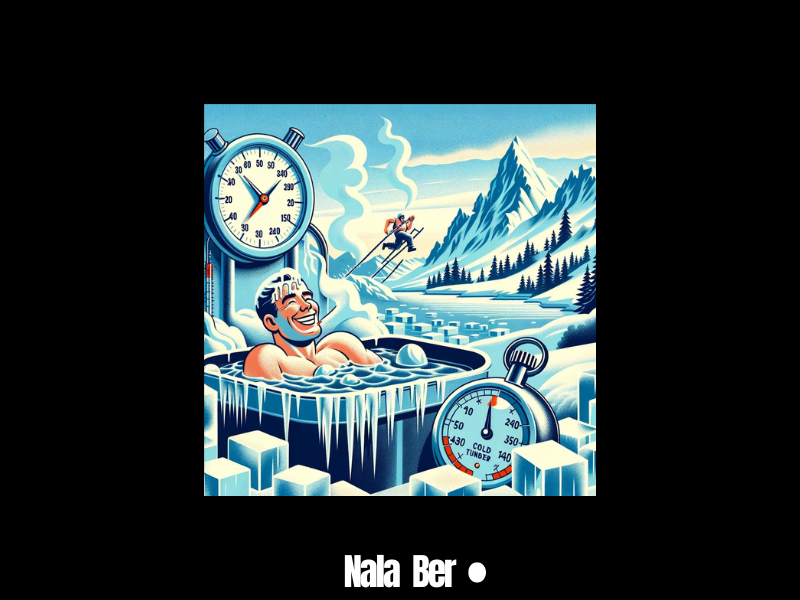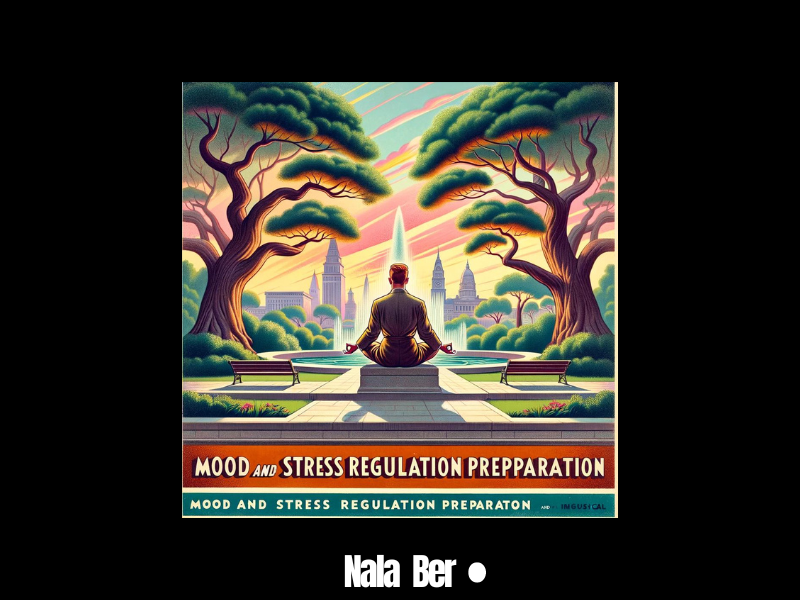How to Master Your Cold Plunge Timing, Even if You Dread the Chill
Okay, I think it’s universally agreed that spending time immersed in cold water is uncomfortable, right? Right!! This is why we do it; we aim to shock our bodies to skyrocket us to the next level. But how long should we cold plunge for?
Let’s examine some of my findings and determine how long it takes to cold plunge to reap the benefits.
What is Cold Plunging?
In simple terms, cold plunging involves immersing yourself in cold water. This triggers a cold shock response, stimulating blood vessels and affecting the nervous system in ways that can boost overall health and reduce inflammation, among other physical, mental and spiritual benefits!
It has become a part of my daily ritual, like having a coffee and brushing my teeth. Implementing the cold plunge has supercharged my focus and enhanced my recovery from exercise. I see it like a double-edged sword, which I am now equipped with as I walk out my door to work. (disclaimer: I don’t go to work with a sword)
Reasons You Need to Know the Ideal Duration for Cold Plunging
Understanding the optimal time for cold plunges is crucial for several reasons:
- Safety First: Any underlying medical conditions could be agitated and result in harm.
- Maximizing Benefits: Getting the right balance between physical and mental health improvements.
- Personal Adaptation: Dr. Andrew Huberman emphasizes the importance of starting with shorter durations, gradually increasing as your body adapts, to maximize the health benefits while minimizing risks.

Step-by-Step Instructions to Find Your Ideal Cold Plunge Duration
Whether you’re beginning your ice bath journey or spending your morning with Wim Hof up the Polish mountains, it is always important to know the effect of the duration of the cold water immersion on your body.
My morning ice bath routine isn’t just a spontaneous decision pulled out of the freezer but a carefully considered approach backed by science.
Below are the three pillars by which I designed my cold immersion regime:
- Inflammation and Recovery Prep:
- Metabolic Boost Setup:
- Mood and Stress Regulation Preparation:
Step 1: Inflammation and Muscle Recovery Immersion
To tackle inflammation and aid muscle recovery, fully immerse yourself in the 14°C (57.2°F) water for 10 to 15 minutes. This duration is optimal for engaging the body’s anti-inflammatory processes and aiding muscle recovery without overstressing the system.
When speaking of staying in without becoming an ice cube, anything above 13°C (55.4°F) is always a walk in the park. I never dread an anti-inflammatory plunge; it is always enjoyable!
Step 2: Metabolism-Boosting Plunge
If you intend to focus on boosting metabolism or fat burning, a 14°C bath for shorter durations or a more extended session at 20°C (for those cold plunge regulars), can be effective.
With these higher temperatures, it is a lot easier to be comfortable (kind of) in an ice bath. If I am plunging for metabolic reasons, I will leave it at 15°C and do 15 minutes. It is very attainable, and you don’t need to thaw out in the end!
Step 3: Stress Reduction Soak
Research shows that a 5-minute plunge at 12°C stimulates the response necessary to reduce the body’s stress on slightly mentally challenging days.
I get all my information on managing my mind from my good friend (I wish) Andrew Huberman.
He advocates using cold exposure as a tool for managing stress and enhancing well-being, suggesting that regular, controlled cold plunges can be a practical part of a broader strategy for mental health maintenance.

Critical Considerations For Successful Cold Plunging
- Health Considerations: Consider existing health issues, such as high blood pressure, and consult a healthcare provider beforehand. The first time I plunged, my brother accompanied me (not in the plunge but next to me) because I wasn’t sure how my body would react. If anything went wrong, he would have been there to help!
- Post-Plunge Practices: Gradually warming up with light exercise can help mitigate muscle fatigue and ensure a comfortable transition back to average body temperatures. Avoid jumping straight into a hot shower or a sauna. Personally, my skin gets itchy, which causes a lot of discomfort.
- Environmental Factors: The temperature range and setting (natural bodies of water vs. controlled environments) can influence your experience and duration. In your plunge, you can regulate the temperature, whereas in natural bodies of water, this is impossible.
H3: Elevating Your Cold Plunge Practice
I have incorporated breathing techniques into my cold plunge regime, adding to the wellness approach.Research shows that deep, rhythmic breathing techniques inspired by Wim Hof can help mitigate the initial shock to the system and regulate the nervous system.
The deliberate breathing technique helps me relax amidst the stressor of the cold exposure. I feel this teaches me a valuable lesson about facing discomfort with calmness and intention, and I have seen it ripple across my life in other ways. For me, it’s about mental fortitude!
Complements to Cold Plunging
Suanas! This, paired with ice baths, has always been a favourite of mine. Where I come from, we dip a biscuit into a cup of tea, it’s just the whole package. So, saunas and ice baths are two practices you should run parallel.

Conclusion
So, at this point, I hope we have learned how not to become an ice cube in your backyard! As we have seen, scientific evidence supports the duration of our plunge, meaning we don’t have to plunge unnecessarily for too long like I did in the beginning and still get the same benefits, if not more!
We all have different desired outcomes for a cold lunge: mental, physical, and spiritual. Regardless of what it may be, finding the balance that caters to your needs is key!




